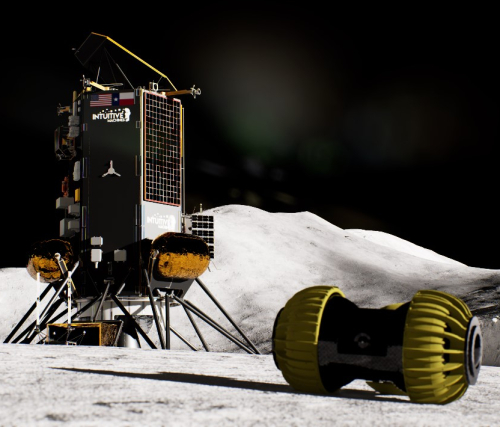China completes two launches today
China today continued its normal fast pace of winter launches, launching twice from two different spaceports.
First, a Long March 2C rocket launched a communications satellite from the Xichang Satellite Launch Center in southwest Sichuan Province. Then, a Long March 2D rocket launched three classified technology test satellites from the Jiuquan Satellite Launch Center in northwest China.
As I noted in yesterday’s quick space links, the drop zones for both were in China. No word as yet on whether anything fell near habitable area.
At present the 2023 launch race consists entirely of China with four launches, and SpaceX with two.
China today continued its normal fast pace of winter launches, launching twice from two different spaceports.
First, a Long March 2C rocket launched a communications satellite from the Xichang Satellite Launch Center in southwest Sichuan Province. Then, a Long March 2D rocket launched three classified technology test satellites from the Jiuquan Satellite Launch Center in northwest China.
As I noted in yesterday’s quick space links, the drop zones for both were in China. No word as yet on whether anything fell near habitable area.
At present the 2023 launch race consists entirely of China with four launches, and SpaceX with two.




